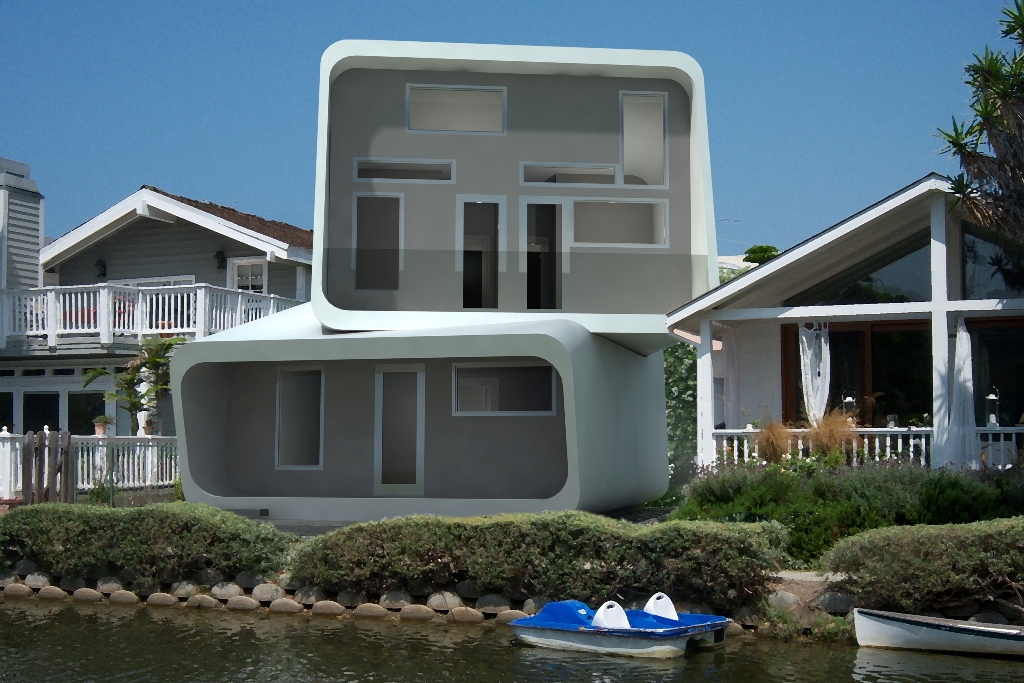Prefab House or prefabricated houses are among the latest architectural trends to hit the modern world. Moving away from the tried and trusted build-on-site houses, they’re made in a factory or plant and shipped to the housing site to be assembled.
It may seem like something out of a child’s toy box but modular houses are here to stay. The concept itself is far from new; the 1900s saw companies designing housing kits which could be used in the country or in the city. It also helped modest and low-income groups find affordable housing that lasted.
Today, modular houses have taken on unique forms, are made from hardier and easier-to-work-with materials, and contain designer elements (if desired). Lighting, décor, landscape and even sustainability influence how manufacturers create these amazing prefab structures.
Cost comparison with built-on-site houses
Prefab houses are cheaper than conventionally constructed homes but this doesn’t mean they’re dirt cheap. Like an ordinary house, the more complicated the architecture the more you have to pay. Plumbing, electricity and HVAC costs are also not usually included in the initial estimate so even if the price of the house is pegged at $25,000, it doesn’t cover the cost of installing utilities or their ongoing maintenance.
What can be estimated rather definitively is the cost difference between prefab and stick-built structures. Modular homes are up to (and sometimes over) 20 percent cheaper. What you save can be used to install luxury components or expand square footage.
What makes prefab houses cheaper?
Perhaps the biggest factor is that modular houses don’t rely on extensive on-site labor work. A large percentage of building cost is taken up by labor charge which only increases as obstacles arise and workers spend more time on site. Bad weather and equipment failure also play spoilsport and before you know it, you’ve spent for at least a couple of weeks more just on labor work.
Being constructed in a factory, modular houses can be built without delay and inspections conducted at every stage of the process. Even if complex designs take time to build, they still turn out to be cheaper than houses constructed on-site.
Are modular houses mobile?
It’s commonly believed so but modular houses are nothing like mobile or manufactured homes. The latter types are constructed on chasses for transportability whereas the former has permanent foundations. Manufactured homes too may be permanent but aren’t constructed in sections. Additionally, prefab houses are built according to the International Building Code or a local building code.
Are they environmentally friendly?
It’s no secret that on-site construction produces a lot of waste. Since the structure is built according to a blueprint, there’s room for error and wastage. On the other hand, modular houses are designed and built to strict considerations leaving less room for material waste and reducing site disturbance.
Another factor that makes prefab homes sustainable is that the sections can be reused multiple times. Unlike with stick-built structures that have to be knocked down, the sections can be removed, transported and reassembled to wherever needed.



